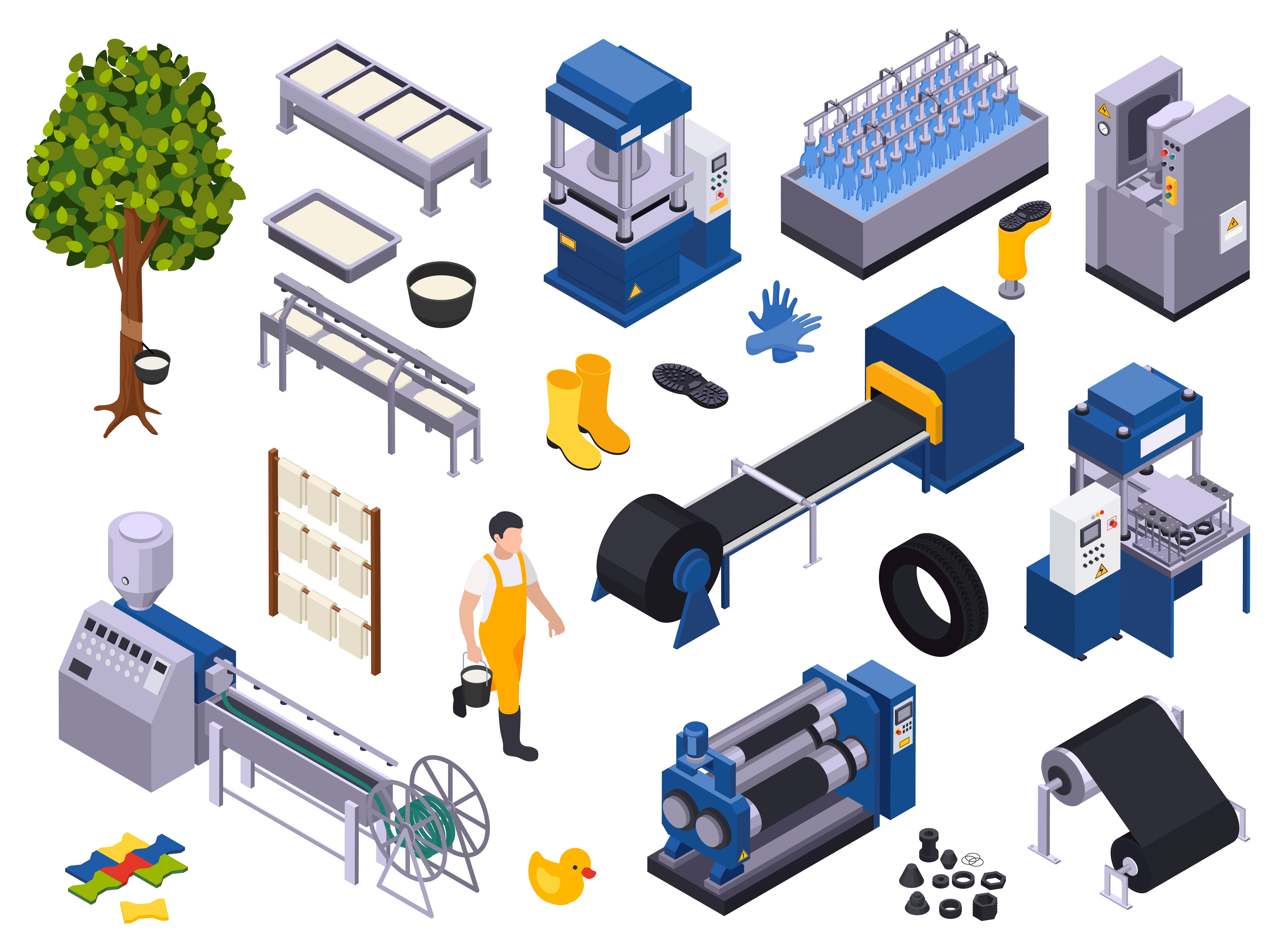The world is undergoing a fundamental shift towards sustainability, driven by the urgent need to combat climate change and reduce our carbon footprint. With each passing day, the accessibility and cost of oil fluctuate, emphasizing the worldwide imperative to explore alternative energy resources. This shift is well-founded, given the finite nature of fossil fuels, making it challenging for businesses to sustain their reliance on them for production. Factories, historically linked with environmental pollution and degradation, now find themselves presented with a distinctive chance to overhaul their processes by embracing the renewable energy revolution.
Unlike electricity generated from fossil fuels, Renewable energy production is characterized by zero emissions. Moreover, it diminishes the emission of harmful air pollutants like Nitrogen Oxide, which is produced during the combustion of fossil fuels for electricity generation. Nitrogen Oxide not only contributes to the formation of smog and acid rain but also chemically reacts to create ground-level ozone, leading to a range of health issues such as lung tissue damage, persistent throat irritation, and coughing among workers and communities residing near the industrial facilities. Notably, the long-term benefit of reduced electricity costs is a significant advantage for factories connected to a grid powered by renewable sources, as they can avoid potential future electricity price increases, given the generally stable nature of renewable energy costs.
One of the most accessible and versatile forms of renewable energy is solar power. Factories can embrace renewable energy by harnessing the sun’s energy; installing solar panels on their rooftops or nearby fields. A prime example is Miyonga Fresh Greens, a fruit company specializing in producing fruit powders from bananas, mangoes, and pineapples, which utilizes solar technology to combat food loss by processing food directly on the farm. With advancements in solar energy technology, food manufacturers now have access to solar-powered cooling systems that leverage solar energy to operate cooling technologies. Another case in point is Ford South Africa, where the Silverton assembly plant is powered by solar energy, successfully producing 200,000 vehicles annually. By combining solar energy with cutting-edge battery storage, factories can efficiently store surplus energy generated during peak sunlight hours for later consumption, ensuring a continuous power supply. They could also sell the excess energy back to the grid, creating an additional revenue stream for the company.
Wind energy is a viable option for factories located in areas with consistent wind patterns. Large wind turbines can be erected on-site to generate electricity. Wind turbines are designed to transform the kinetic energy found in the wind into mechanical power. This mechanical energy can serve specific functions, such as grain milling or water pumping, or be converted into electricity by a generator. African grain millers should emulate the Stafford County Mills in North America that installed a wind turbine in its central Kansas mill. The mill now operates exclusively on electricity generated from wind power. Such a transition could provide African millers with a competitive edge by reducing the costs associated with flour production, which, in turn, would be instrumental in managing the rising cost flour.
Furthermore, businesses have the option to utilize Biomass energy, which entails the utilization of organic materials like wood, agricultural byproducts, and organic waste for the generation of heat and electricity. An illustration of this approach is Diageo Plc’s East African division, which employs biomass derived from macadamia shells, sugar bagasse, as well as coffee and rice husks to generate electricity in their Kenyan and Ugandan factories. This initiative enables the company to make significant progress towards its target of achieving net-zero status. Factories with excess biomass energy generation capacity could explore the opportunity to sell this surplus to nearby companies, creating an additional revenue stream.
While the potential benefits of transitioning to renewable energy sources are significant, African factories aiming to embrace renewable energy face various hurdles. Among the primary challenges in the adoption of renewable energy within African factories is the substantial initial investment required for solar panels, wind turbines, and other sustainable technologies. Fortunately, sustainability consultants are positioned to assist African companies in securing financial support for their renewable energy initiatives. They possess the expertise to carry out energy audits, evaluating a factory’s current energy consumption and identifying areas for enhancement. This information offers potential investors a clear understanding of the project’s feasibility, risk assessment, and potential return on investment. Armed with this knowledge, sustainability consultants can assist factories in aligning their specific requirements with the most suitable financing alternatives, which may include loans, grants, and public-private partnerships.
African governments have effectively lured investors in the renewable energy sector by implementing Renewable Energy Standards (RES), which stipulate that a certain percentage of a region’s energy must originate from renewable sources. An illustrative example of this is Morocco, home to the impressive Noor Quarzazate Solar Power Station, the largest concentrated solar power farm globally, that generates over a third of its electricity from solar energy. Nonetheless, there is a pressing need to establish and enforce additional policies and regulations, including cap and trade legislation, to promote the uptake of renewable energy. By progressively reducing the number of emission allowances annually, the cost of permits will rise, thereby compelling companies to invest in renewable energy, which proves to be a more cost-effective alternative compared to purchasing permits. Additionally, governments can incentivize the adoption of renewable energy by offering financial perks such as grants, subsidies, and low-interest loans to facilitate the installation of renewable energy systems in industrial facilities.
The renewable energy revolution is not only an opportunity for factories to reduce their environmental impact but also a way to enhance long-term financial stability. Factories must seize the opportunity to lead by example and become beacons of sustainability in the industrial landscape.

